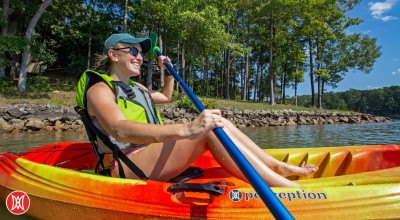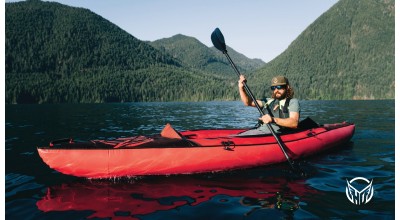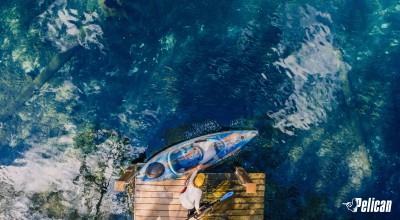How to Choose a Kayak
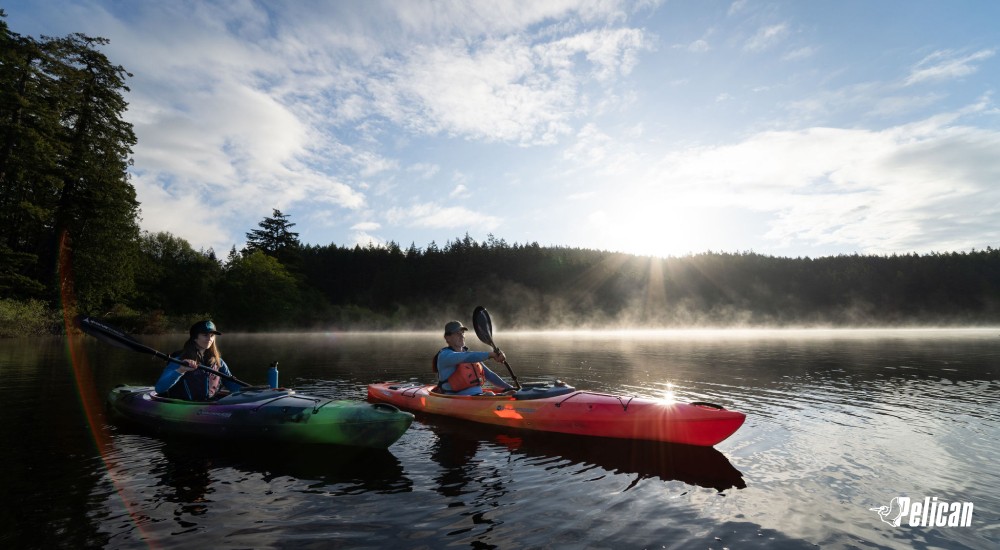
This article is part of the Kayaking Basics series.
Purchasing a kayak can be difficult because there are so many choices available to suit different activities such as fishing, exercising, and touring. Having the right kayak opens up new opportunities for unforgettable adventures, so our Experts are here to help you learn how to choose a kayak that best fits your needs. We’ll walk you through a few key considerations when choosing a kayak including the types of kayaks and features to consider all keeping in mind what works best for where you’ll be kayaking and how you’re able to transport your kayak.
Types of Kayaks
Just as there are many different ways to use a kayak, there are many different ways to classify kayaks—how you sit on the kayak, the intended activity, or even the construction. Our Experts cover the two ways all kayaks are classified as well as some commonly used terms you’ll encounter when choosing a kayak.
Sit-In vs. Sit-On-Top Kayaks
The first step in buying a kayak is narrowing down which type is best for you: sit-on-top or sit-in. Both sit-in kayaks and sit-on-top kayaks offer specific features that will make your trip easier depending on how you plan to use your kayak.
Sit-on-Top Kayaks
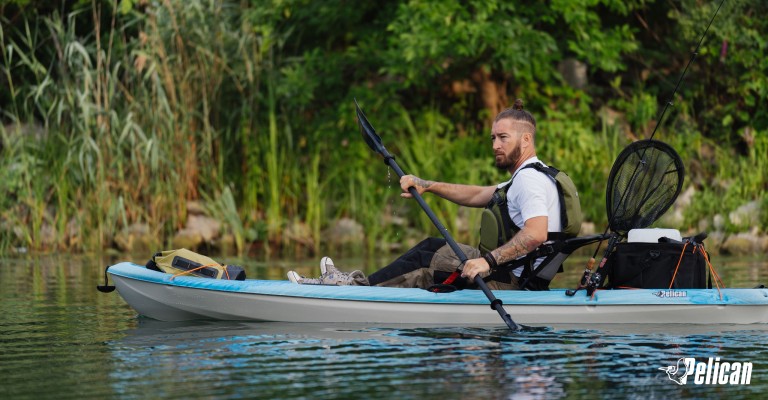
- Heavier
- More stable
- Self-draining
- Best for beginners
- Easy to get out and in
- Ideal for short day trips, recreational use, and fishing trips
Sit-In Kayaks
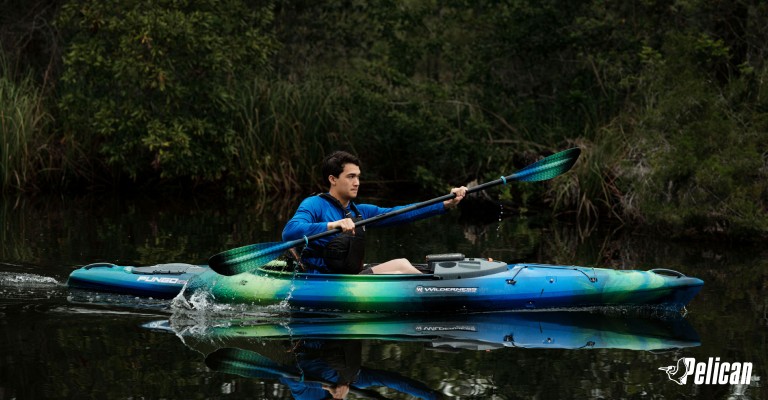
- Faster
- Lighter
- Track straighter
- Ideal for day touring or extended trips
- Move coverage for windy, colder weather and water temperature
What Kind of Kayak Should I Buy?
Aside from sit-on-top and sit-in, you’ll see kayaks described in other ways like recreational, fishing, or touring. These categories are even more dialed into how and where you’ll use your kayak.
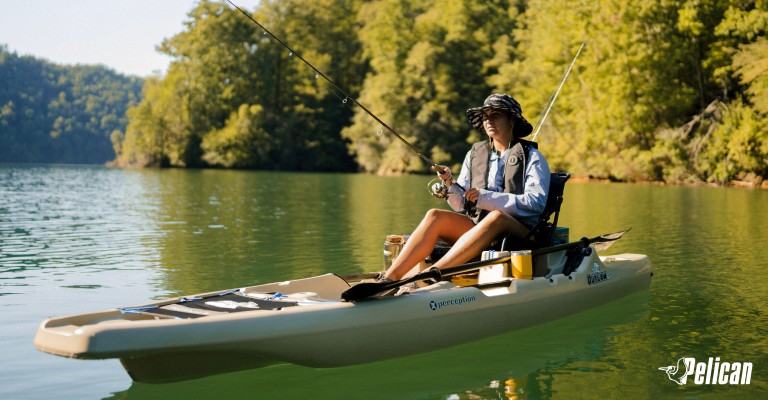
Recreational kayaks come in both sit-in and sit-on-top options, and they are a versatile choice for paddlers of all skill levels. If you’re primarily paddling in calm lakes and rivers, recreational kayaks are an affordable option and are easy to transport. These aren’t the best kayaks for long journeys, but they will offer the comfort and stability you need to easily navigate during day trips.
Day-touring kayaks are sit-in kayaks that offer a sleek design to help you navigate waters more efficiently. Because of their shorter length, day-touring kayaks are easy to transport and handle. Their streamlined design makes them easier to control, and they track straighter than their counterparts making them well-suited for rough waters.
Fishing kayaks are sit-on-top kayaks that feature mounts, rod holders, and storage options all geared toward kayak fishing. Some even have pedals to power the kayak and reduce arm fatigue so you can save your energy for casting.
Inflatable kayaks are a great option for paddlers wanting the freedom of adventure without the constraints of storage or transportation space. Inflatable kayaks save space in apartments and smaller vehicles and easily inflate to a full-size kayak.
Tandem kayaks allow you to share your ride with another paddler. Tandem kayaks are often more stable than single-person kayaks which makes them a great option for kayaking with kids. Keep in mind that tandem kayaks are best suited for paddlers who always have a partner since they don’t offer the flexibility of optional solo trips or easy solo transport.
Kayak Length, Width & Weight Capacity
When it comes to the size of kayak you’ll need, there’s not an easy way to determine the ideal length or width. It really comes down to how you’ll use your kayak and your skill level. Our Experts outline some considerations to make when choosing the size of your kayak:
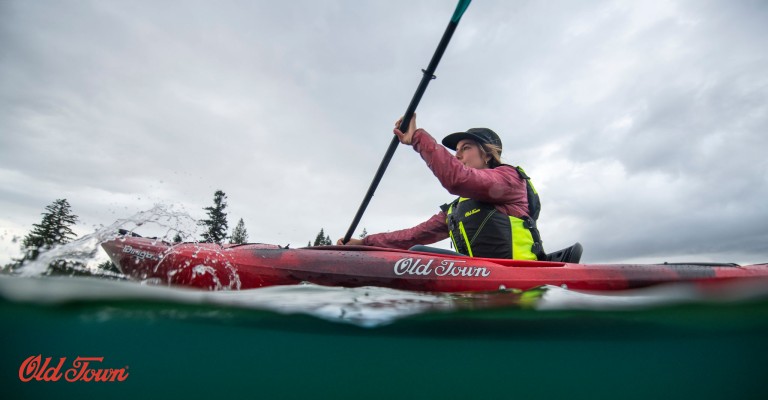
- Length: Longer kayaks will go faster than shorter ones, but they are also less stable. If you’re planning on using your kayak recreationally on ponds and rivers, it’s best to look for one around 10 feet. For those planning extended trips and touring, then a kayak at least 12 feet or longer will give you the needed speed.
- Width: The wider the hull the more stable your kayak. If you’re a beginner, a sit-on-top kayak is ideal because it is wider providing greater stability.
- Weight Capacity: If you’re planning on extended kayaking trips, paying attention to the weight capacity is very important. Remember that weight capacity is the paddler’s body weight plus any additional cargo like a cooler, clothing, and fishing gear.
Additional Kayak Features
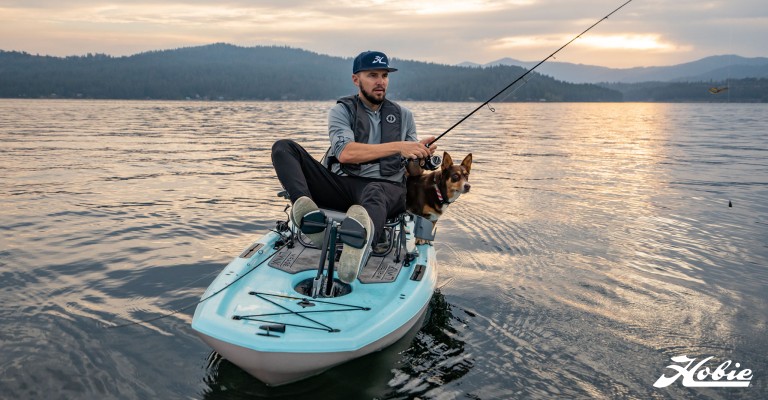
- Material: Fiberglass or carbon fiber kayaks are lighter and faster compared to polyethylene kayaks, but they are also more expensive.
- Cockpit: Depending on your size, you may want to look at a more spacious cockpit.
- Seat: Some kayaks feature a molded plastic seat, while others offer adjustable EVA padded seats with backrests.
- Foot Pedals: Some kayaks can be powered with pedals. This is great when paddling distances and you want to keep your arms from getting fatigued.
- Storage: Depending on the size and shape of your kayak, you’ll notice a variety of storage options including bungee deck storage or a covered hatch.
- Portability: How much a kayak weighs will influence its portability as well as its length. If you have a small vehicle, an inflatable kayak might be the best choice because it’s easy to transport.
By keeping how and where you’ll use your kayak in mind, you’ll be able to narrow down all your options so you can find right kayak for your next adventure. If you want additional assistance choosing a kayak, contact your local SCHEELS to speak to an Expert.
